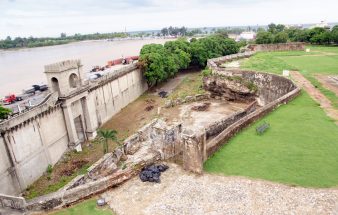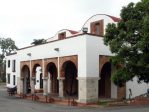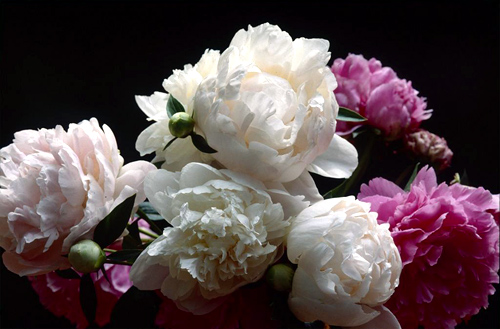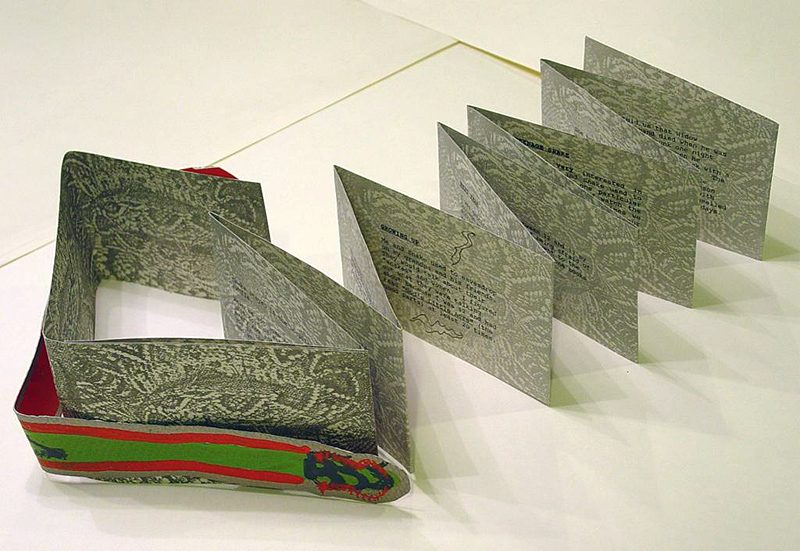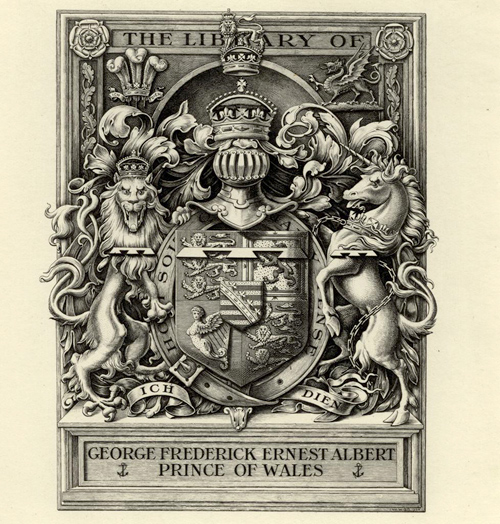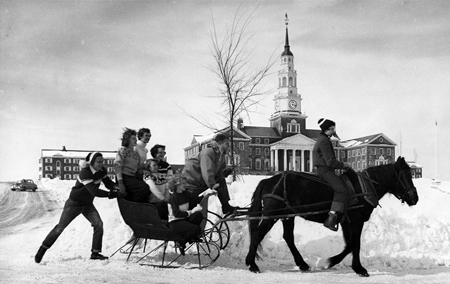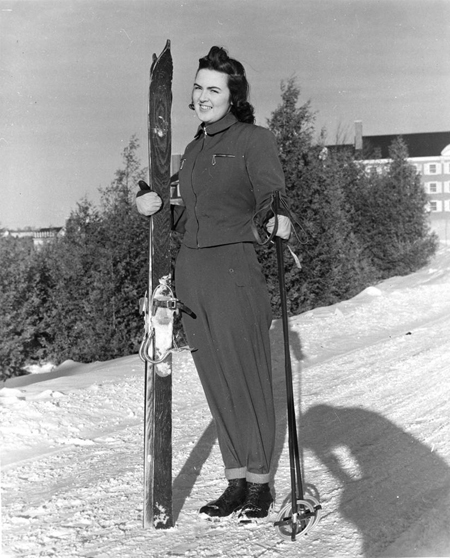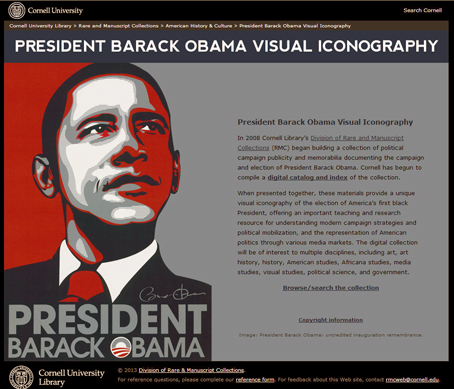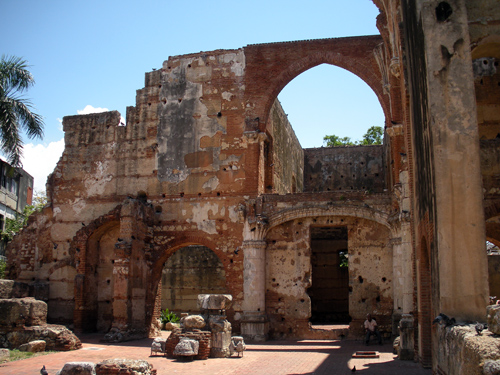
Unknown (Dominican), Saint Nicholas of Bari’s Hospital, Santo Domingo, Photographer: Anthony Stevens Acevedo, Image: 2009. Photograph copyright © CUNY Dominican Studies Institute. CUNY Dominican Studies Institute, First Blacks in the Americas collection.
La Española, the island now divided into the Dominican Republic and the Republic of Haiti, existed first as a Spanish colony during the entire sixteenth century, when its population became the first one in the Americas with a majority of people of African descent. The Black ancestors of today’s Dominicans were the first to experience the dreadful transatlantic slave trade, and the first to offer organized resistance as soon as they landed in La Española. They were also the first to endure and survive all the varieties of enslaved labor and enslaved life, and the first to thrive and produce new generations of Afro-descendants born in the “New World.”
“Sixteenth-Century La Española: Glimpses of the First Blacks in the Early Colonial Americas,” a 2015 exhibition at the CUNY Dominican Studies Institute, presented images of manuscripts, transcriptions, translations, and photographs that tell the story of the earliest Black inhabitants of the Americas. The exhibit included photographs of sites of the Dominican Republic’s colonial past by Anthony Stevens-Acevedo, Assistant Director of the CUNY Dominican Studies Institute at The City College of New York, the co-curator of the exhibit and a colonial historian. Dr. Lissette Acosta Corniel, CUNY DSI Post-Doctoral Fellow, was also a co-curator of the exhibit.
The show was an offshoot of “First Blacks in the Americas,” a long term CUNY DSI online project focusing on photographs that were part of the living environment of Black people in that territory during colonial times. Part of the collection is available in Artstor’s public collections, an open-access library of digital media from JSTOR Forum subscribers.
“Sixteenth-Century La Española: Glimpses of the First Blacks in the Early Colonial Americas” ran from May 22 6:30–September 10, 2015 at the CUNY Dominican Studies Institute, NAC Building Room 2/202, The City College of New York, 160 Convent Avenue, New York, NY 10031.
